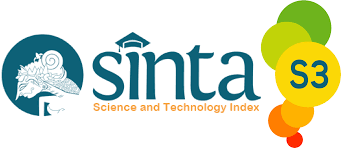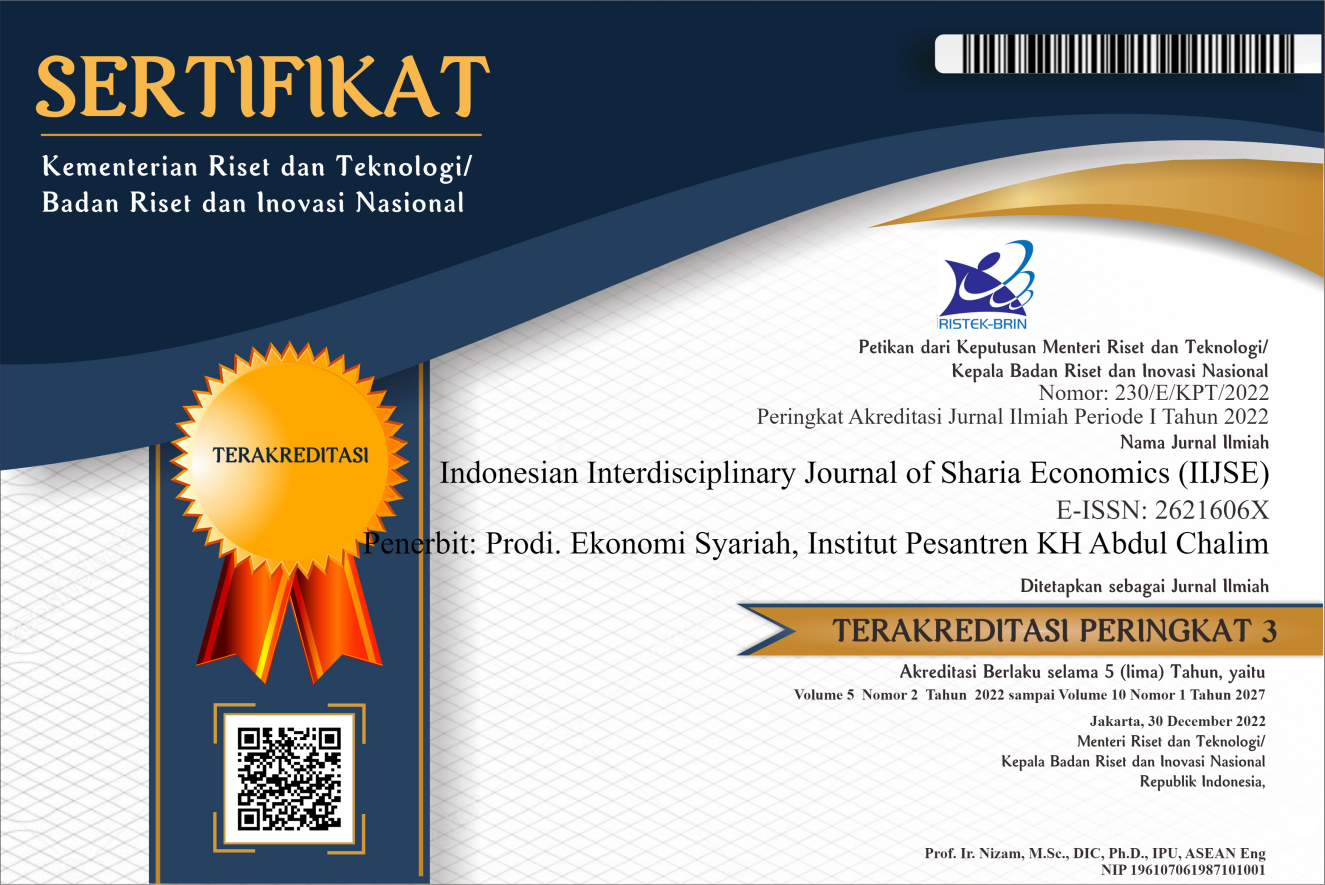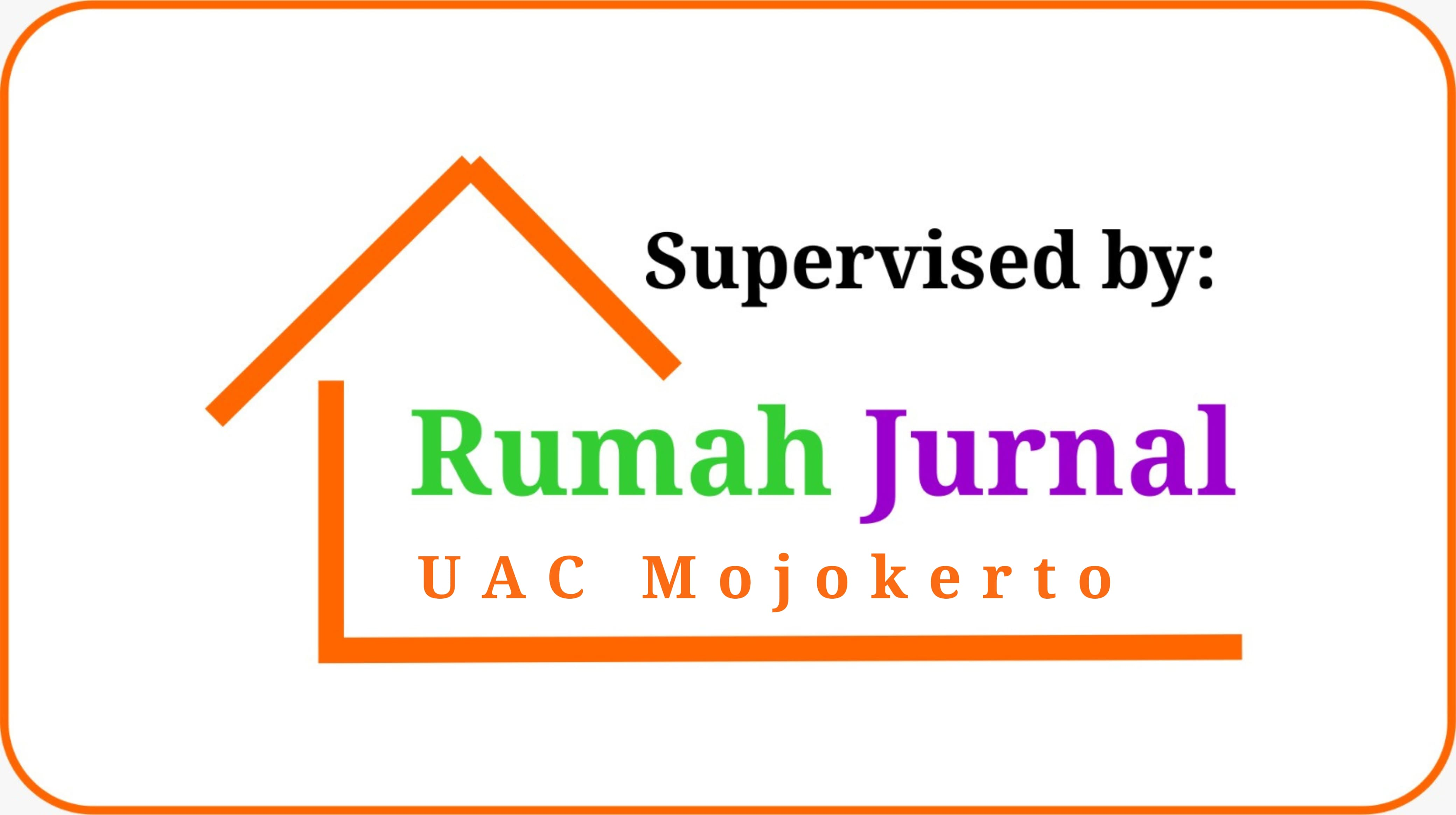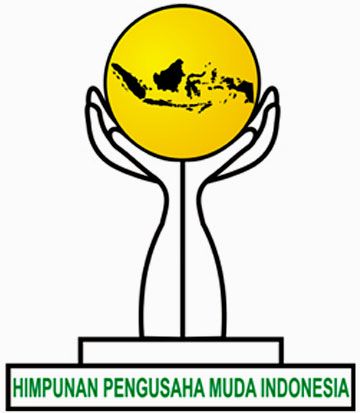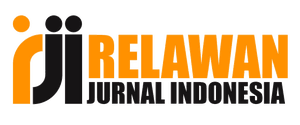The Role Of Leadership in Human Resources Management in the Digital Government Era
Abstract
In today's digital era, skilled leadership plays a crucial role in the utilization of information technology. This is in line with the role of human resource management in organizing government operations and public services to run efficiently, especially in the era of digital government. This qualitative study with content analysis reveals the role of leadership in human resource management applied in digital government. The findings of this research are as follows: first, leadership acts as a counselor for government digitalization; second, it serves as an instructor in implementing digital-based public services; third, leaders lead meetings and make decisions using digital technology; and fourth, leadership plays a role in delegating authority using technology and information.
Downloads
References
Bappenas, K. P. P. N. /. (2018). Policy Paper/Policy Brief Pengembangan Digital Government. Dewan Teknologi Informasi dan Komunikasi Nasional.
Bungin, B. (2017). Metodologi Penelitian Kualitatif: Aktualisasi Metodologis Ke Arah Ragam Varian Kontemporer. Depok: Rajawali Pers.
Gorda, I. G. N. (2004). Manajemen Sumber Daya Manusia (Ed. Rev., Cet. 2). Denpasar: Astrabrata Bali Denpasar bekerjasama dengan STIE Satya Dharma Singaraja.
Hadi, S. (1993). Metodologi research jilid I. Yogyakarta: Andi offset.
Khan, A. (2021). Optimalisasi Pelayanan Publik Bagi Pemimpin di Era Digitalisasi di Provinsi Riau. Jurnal Niara, 14(2), 9–14. https://doi.org/10.31849/niara.v14i2.6246
KOMINFO, P. (2019). Apa itu Industri 4.0 dan bagaimana Indonesia menyongsongnya. Retrieved 22 May 2023, from Website Resmi Kementerian Komunikasi dan Informatika RI website: https://www.kominfo.go.id/content/detail/16505/apa-itu-industri-40-dan-bagaimana-indonesia-menyongsongnya/0/sorotan_media
Mardalis. (2006). Metode Penelitian: Suatu pendekatan proposal (Cet. 8). Jakarta: Bumi aksara.
Marnis, P. dan. (2008). Manajemen Sumber Daya Manusia. Sidoarjo: Zifatama Publisher.
Nazir, Moh. (1988). Metode Penelitian. Jakarta: Ghalia Indonesia.
Rodić, M., & Marić, S. (2021). Leadership style and employee readiness: Basic factors of leadership efficiency. Strategic Management, 26(1), 53–65. https://doi.org/10.5937/StraMan2101053R
Sedarmayanti. (2016). Manajemen sumber daya manusia, reformasi birokrasi dan manajemen pegawai negeri sipil (5th ed.). Bandung: Refika Aditama.
Subagyo, A. (2019). Kepemimpinan Nasional Untuk Generasi Milenial Di Era Digital. Jurnal Caraka Prabu, 1(2), 71–83. https://doi.org/10.36859/jcp.v1i2.94
Sutrisno, E. (2016). Manajemen Sumber Daya Manusia. Jakarta: Kencana.
Toha, M., & Rozikin, K. (2020). Implementasi Maqasid Al-Shari’ah Dalam Manajemen Strategis Syariah. JES (Jurnal Ekonomi Syariah), 5(1). https://doi.org/10.30736/jesa.v5i1.75
Toha, Mohamad & Habibah, N.J. (2023). MSME Empowerment and Development Program to Increase Consumer Satisfaction. Sahwahita: Community Engagement Journal, 1(1), 26-39. https://e-journal.bustanul-ulum.id/index.php/Sahwahita/article/view/24
Wildanu, E. (2019). Pengelolaan Sumber Daya Manusia Pemerintahan Desa Berbasis Keterbukaan Informasi Publik. SOSFILKOM: Jurnal Sosial, Filsafat Dan Komunikasi, 13(01), 58–66. https://doi.org/10.32534/jsfk.v13i01.1458
Zed, M. (2008). Metode Penelitian Kepustakaan. Jakarta: Yayasan Pustaka Obor Indonesia.
Copyright (c) 2024 Artanty Utami, Denny Rakhmad Widi Ashari, Slamet Muchsin, Afiffudin Afiffudin, Muhammad Syahrul Hidayat

This work is licensed under a Creative Commons Attribution-ShareAlike 4.0 International License.
Authors who publish with this journal agree to the following terms:
- Authors retain copyright and grant the journal right of first publication with the work simultaneously licensed under a Creative Commons Attribution License that allows others to share the work with an acknowledgment of the work's authorship and initial publication in this journal.
- Authors are able to enter into separate, additional contractual arrangements for the non-exclusive distribution of the journal's published version of the work (e.g., post it to an institutional repository or publish it in a book), with an acknowledgment of its initial publication in this journal.
- Authors are permitted and encouraged to post their work online (e.g., in institutional repositories or on their website) prior to and during the submission process, as it can lead to productive exchanges, as well as earlier and greater citation of published work.


